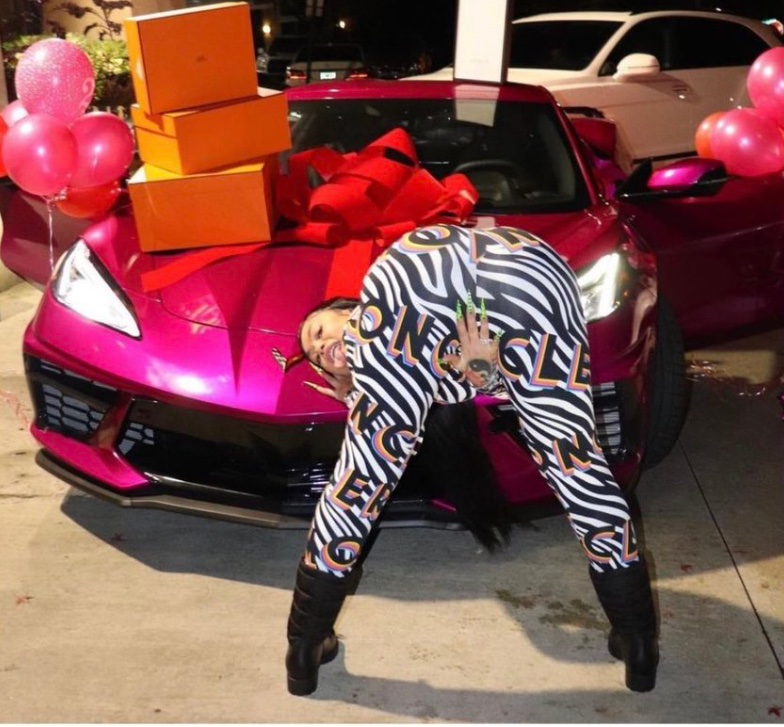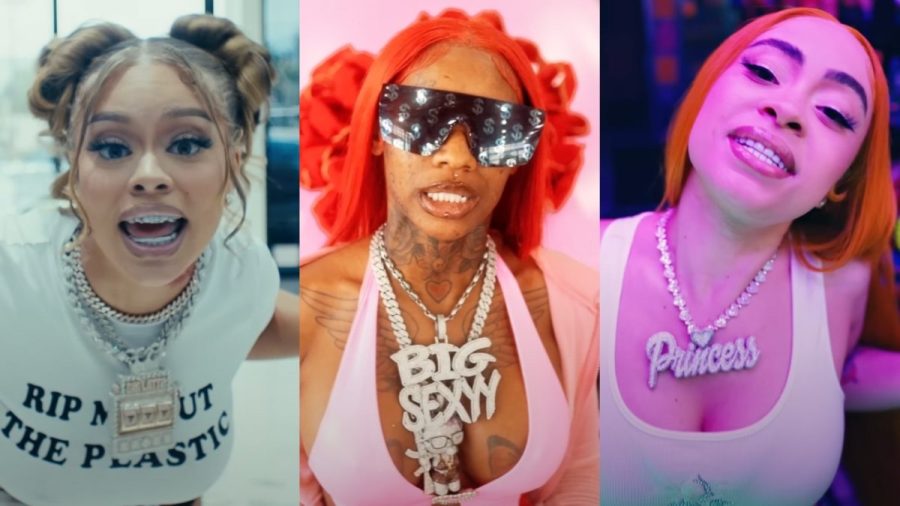What is Male Gaze?
Male Gaze is a feminist theory that claims that women are sexualized and dehumanized while also being portrayed and viewed in a way that empowers men in media. The theory was created by Laura Mulvey, a feminist theorist and filmmaker, and she believes that since it’s mainly heterosexual males who are in control of the film industry the audience is forced to experience the film from the perspective of that particular demographic, and which affects how women specifically are represented in the industry.
The male gaze theory challenges us to evaluate how women are portrayed in films, television shows, and other media, and it has spurred crucial discussions on gender representation in the media. We may try to create more inclusive and diverse depictions of women in the industry by being conscious of how the male gaze functions. This idea encourages us to question accepted wisdom and work towards a media environment that is more equal and empowering for all.
How can the Male Gaze theory be applied to music videos?
In recent decades, music videos have conformed a lot more to the theory of Male Gaze, with the increased usage of video vixens with exaggerated features wearing next to nothing. Although this trend has been increasing in a lot of music videos in a lot of different genres, the biggest change I’ve personally seen is in the genres of Hip Hop and R&B, with the earliest example of the increase in the sexualisation of women in the video for Sisqó’s “Thong Song”. Although, admittedly, the video does link to the ulterior motive of the song, the video became an inspiration to music video directors and artists alike, and very quickly, more video vixens are being seen showing off their assets in music videos across the genre. This style of video is a prime example of how Laura Mulvey believes that the perspective of heterosexual males is being portrayed in media and potentially could be damaging and isolating to the female gender.
Nevertheless, there has been a noticeable rise in the sexualization of women outside of men’s music videos as well. Artists like Nicki Minaj, Cardi B, and more recently Sexyy Red and Ice Spice have gained notoriety in the American hip-hop scene, especially for their highly sexualised videos. With Ice Spice in particular, artists have become well-known for the dances they perform in their videos, with the “Ice Spice Emote” (seen below) growing in popularity on social media sites like TikTok.

The video below is an example of one of Ice Spice’s most popular videos “Deli” released earlier this year, which showcases a large group of women energetically twerking together for the majority of the video. This could be used to combat Mulvey’s Male Gaze theory since the videos in this instance are not being controlled by males, but rather females, however, the premise that media is made in a way that sexualises women and empowers men could still be argued.


Hi i really found your blog interesting and its a very well structured. By highlighting female objectification, emphasising seductive imagery, and presenting women primarily as objects of desire rather than as individuals with agency and diverse identities, music videos frequently contribute to the perpetuation of the male gaze. Do you agree that females also act or agree to portrait themselves in the way men want and then when sexualized or commented on by men called it disrespectful?
I liked your blog! I think music videos are a clear example of the sexualization of women in mainstream media. Is it female empowerment if a woman willingly sexualizes herself? This is a huge debate within the feminist movement. If we were to look at it from a Male Gaze Theory perspective, we could say say women sexualizing themselves for viewers is due to their internalized male gaze (and for marketing reasons, of course).
As a music fan I enjpy your take on this aspect of the male gaze. It looks at the male gaze from a perspective that not many people consider due to the fact some music fans just consume the media rather than think about what they have just watched
Interesting read, I like how you looked at the argument from most angles and how the debate on whether it is female empowerment or internalised ‘male gaze’. Even looking back at the point where before women were mainly just video vixens and now are the main characters in their music videos.
Well written! I know you are a person who loves music very much. It is worth adding that the lyrics in some R&B songs often have male gaze. For me, I may not watch MV very often, and I will pay more attention to the lyrics. Of course, with the progress of The Times, there are more and more female singers and songwriters, and their lyrics have added many similar staring elements. All in all, this is a very worthy topic for everyone to discuss!
I think your blog and representations of women in these music videos open up a much wider discussion as to whether the male gaze has truly been converted or not. It is possible that although empowered the over-sexualisation of these women still seeks to objectively satisfy the male gaze. Your analysis of these video vixens garners a much deeper thinking as to what exactly describes the female gaze.